Laser driver with TEC control & USB: CCS-CW
This laser driver generates CW and modulated optical signal from a Butterfly laser diode or any other form-factor. It is USB controlled with a GUI and several libraries are available for system integration (Labview, DLLs, Python, Hexa etc.). It is also available at board level for OEM integration.
This laser driver with integrated TEC controller delivers low noise current which can be modulated by an external 0-5 V signal. It is compatible with any butterfly pinning (Type 1, Type 2, Type 2 Bias-T etc.). It is the most compact laser driver with such performances and this makes it an ideal tool for OEM integration into your product.
Butterfly laser diodes such as Thorlabs, photodigm, II-VI or lumentum are perfectly well controlled.
These products are now offered by AeroDIODE,  a new ALPhANOV spin-off company. The product manager is available to answer any technical of commercial question.
a new ALPhANOV spin-off company. The product manager is available to answer any technical of commercial question.
Product reference: CCS-CW
Key features
- Compatible for butterfly laser diodes and other form factors (Type 1 or Type 2 pinning)
- Output Current: 0 mA - 1500 mA
- Current Set-Point Resolution (@ 200 mA Set-Point): 0.05 mA
- Output Voltage Maximum: 4.8 V (up to 12 V optional)
- USB, manual & analog (0-5 V) power adjustment
- Smart control (USB interface)
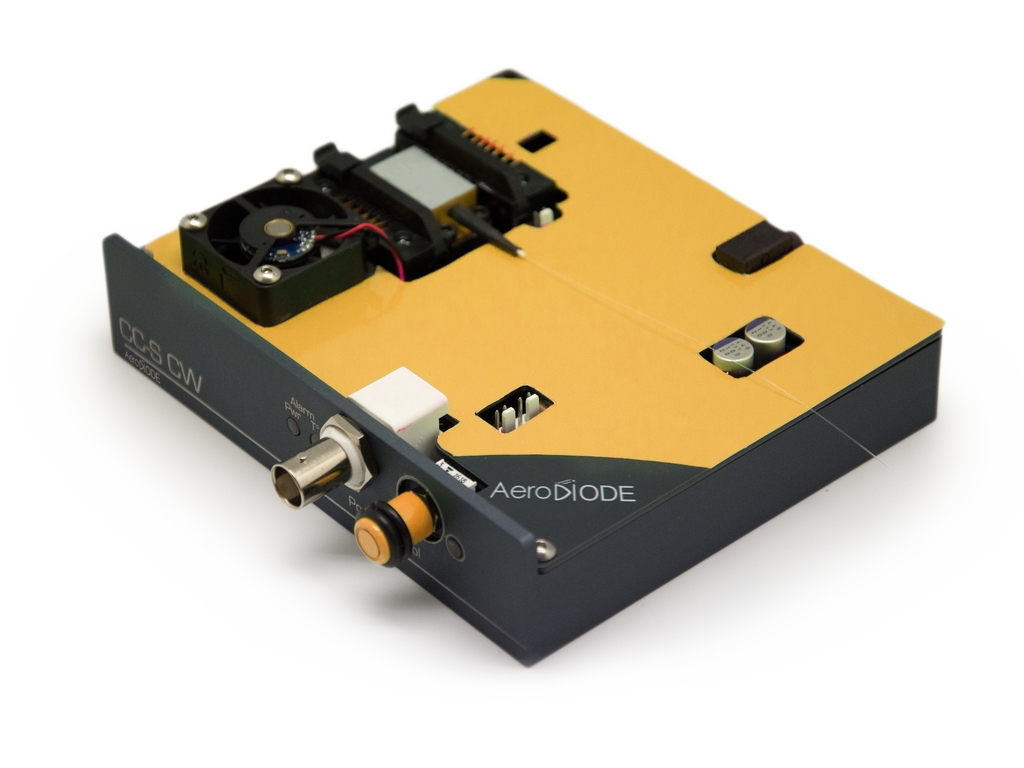
Applications of this laser driver includes laser seeding, non-destructive control etc.
The GUI software lets the user have total control of all module functions. It includes several libraries for software integration (LabVIEW VIs, DLLs, Hexa etc.).
Datasheet
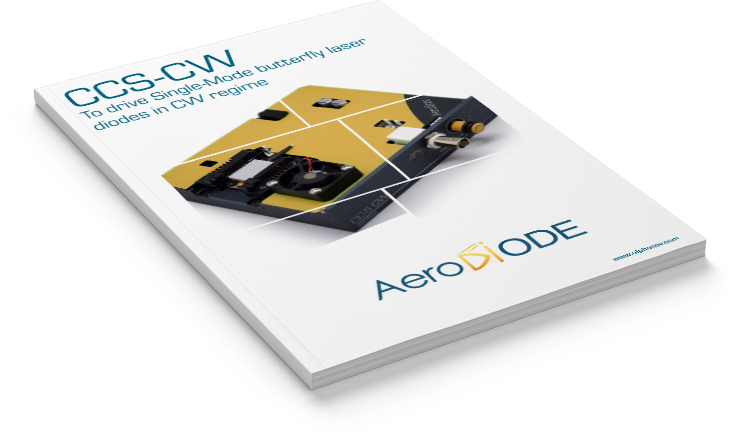
This laser driver works alone or in series with other products in our range like:
- Low noise laser diode driver
- High power laser diode driver
- Pulse laser diode driver
- High speed laser diode driver
- Multi-channel laser diode driver
- 808 nm laser diode
- 915 nm laser diode
- 976 nm laser diode
- 1064 nm laser diode
- High power laser diode
- Fiber coupled acousto-optic modulator
Complex systems, such as fiber lasers, can be quickly developed on this module platform.
Specifications:
| Min | Max (standard version) | Max (high-current version ) | |
|---|---|---|---|
| Output current | 0 | 800 mA | 1500 mA |
| Current set point resolution (@ 200 mA) |
0.05 mA | - | - |
| Output voltage | 0 | 4,8 V | 5 V |
| Laser diode package t° regulation | 15°C | 50°C | |
| Modulation bandwidth | 100 Hz (défault) or up to 100 kHz (option) | ||
| TEC current/voltage | ±1.5 A/3.8 V | ||
| Compatibility & Libraries | Windows XP/7/10 ; DLLs, - Hexa – Labview VIs - Python | ||
| Interface | USB | ||
| Power supply | 12 V (220 V/110 V adapter included) | ||
Synoptic:
PIN Configuration
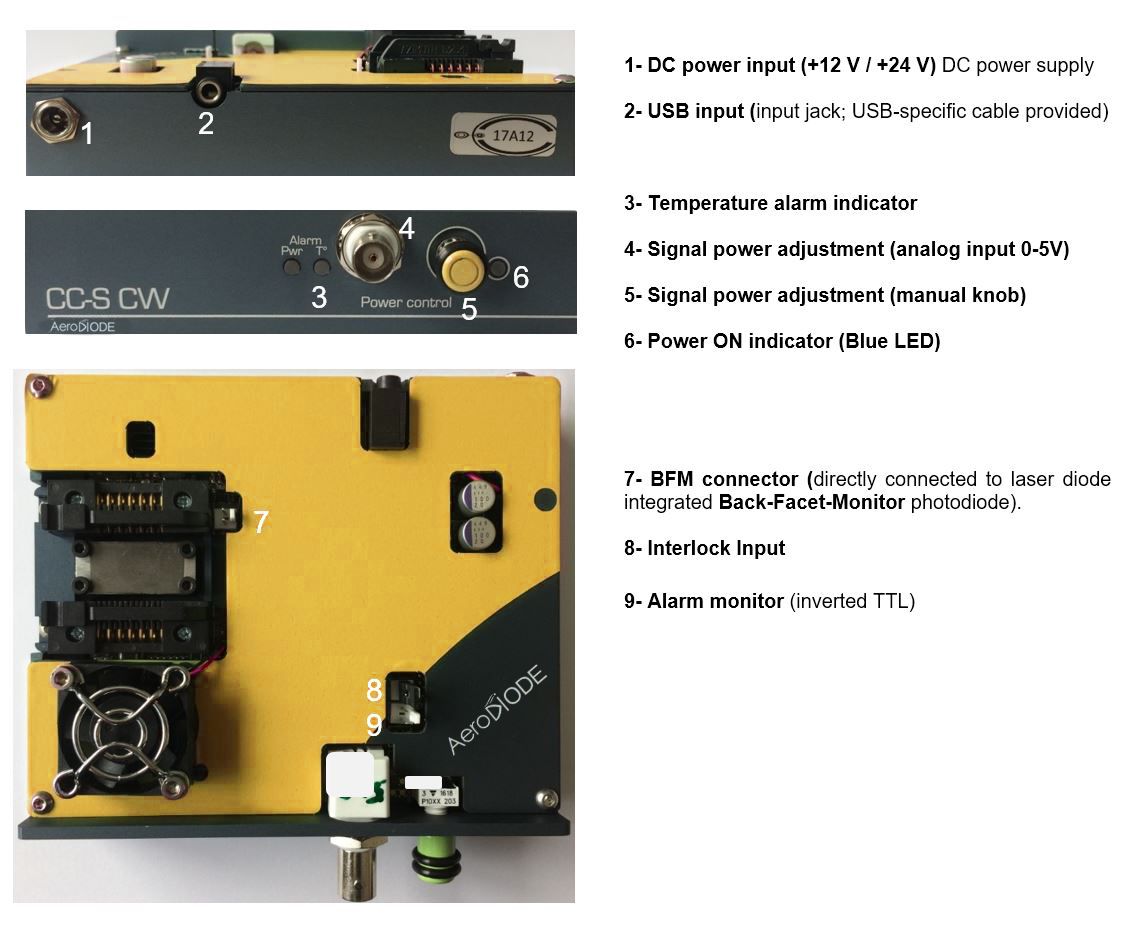
Applications
- Laser seeding
- VCSEL evaluation (no socket version)
- Non-destructive control
- Gas sensing/TDLAS
These products are now offered by AeroDIODE,  a new ALPhANOV spin-off company.
a new ALPhANOV spin-off company.
Associated products or services
-
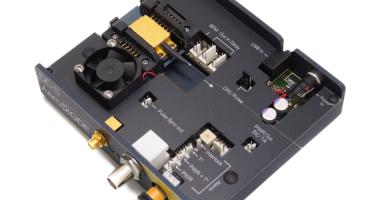
Pulsed laser diode driver & TEC control
This pulsed laser diode driver with high speed performances and integrated TEC controller generates any pulsed or CW optical signal from 1 nanosecond to CW. -
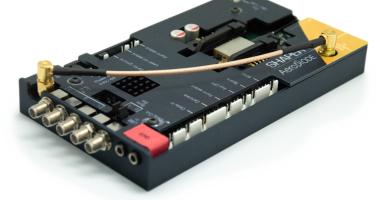
High speed laser diode driver with user design nanosecond pulse shape
This pulsed laser diode driver generates any pulsed shape with down to 500 ps step and 48 dB dynamic range. -
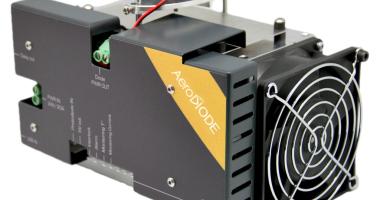
High power laser diode driver up to 36 V - 21 A with TEC & air cooling
This high power laser diode driver is able to drive in CW or pulse regime, multimode fiber laser diodes. -
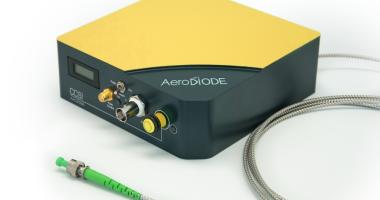
Turn-key laser diode module with DFB or Bragg sources at any wavelengths
This laser diode module generates any pulsed or CW optical signal from an integrated semiconductor DFB or Bragg sources at various visible or infrared wavelengths. It is a low noise high peak power laser diode source with USB and control electronics for pulse width down to 1 ns. -
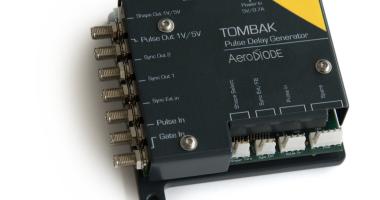
Pulse delay generator ideal for timing and synchronization
This pulse delay generator generates high frequency pulses, digital delays and bursts. It is an ideal synchronization and timing control instrument for electronics and lasers. -
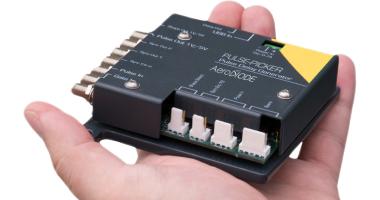
Pulse Picker synchronization board – up to 200 MHz input / 20 MHz output
A synchronization tool to drive external modulating devices like EOM, AOM, SOA for optical pulse picking. It’s adjustable threshold makes it compatible with low input signal levels. Several pulse picking modes and several output voltage levels. LabVIEW, DLLs, Hexa, Python libraries -

Fiber modulator: a high speed intensity modulator and optical switch
This fiber modulator is a lossless, low noise, high speed (~ns), high dynamic range, high extinction ratio solution available from 750 to 1700 nm. -
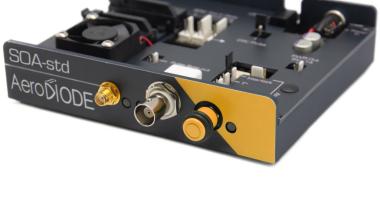
SOA pulsed driver with nanosecond speed: a new fiber modulator
SOA pulsed driver with nanosecond speed: a new alternative to AOM and EOM fiber intensity modulation. -
1064 nm laser diode – CW & pulsed – Bragg or DFB
These 3 version of fiber coupled 106 4nm laser diodes are offered as stock items or associated with a CW or pulsed laser diode driver. -

Digital Delay Generator - 10 ps resolution - 15 ns insertion delay - 30 mV min input
This Digital Delay Generator is an ideal tool for timing and gating of optoelectronics instruments such as cameras or lasers. -
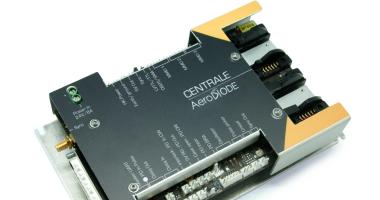
Fiber laser diode driver - pulse and CW - and many other functionalities
This fiber laser diode driver is like a “motherboard” for fiber laser R&D and product development. It integrates 2 CW and pulsed laser diode drivers, 6 photodiode electronics, a pulse-picker synchronization tool and many other dedicated functionalities for every type of fiber laser architecture. -
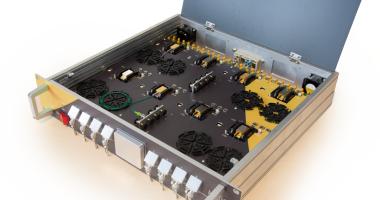
Multi-channel laser diode driver – CW or Pulsed – up to 8 channels
This laser diode driver & temperature controller allows full independent control of up to 8 laser diodes from CW down to very short pulses. It includes several functions including a pulse generator and a very low noise current and modulation driver. -
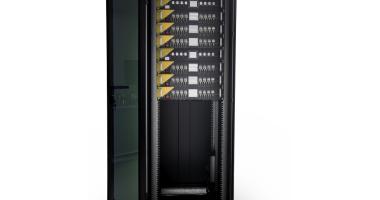
Reliability test system for laser diode qualification in pulsed or CW regime
Life-test and qualification test system for laser diode reliability evaluation in CW or pulsed regime down to 1 nanosecond. Up to 112 fully independent fibered devices are electrically, thermally and optically tested according to one or several user-programmed test scenarios.